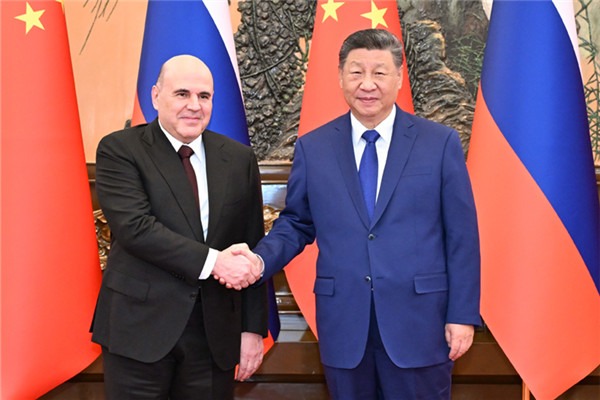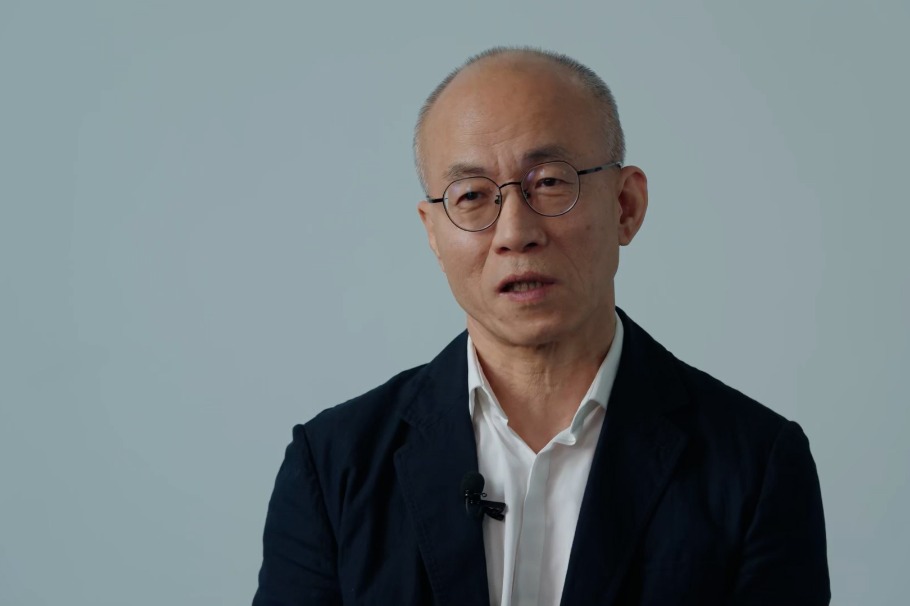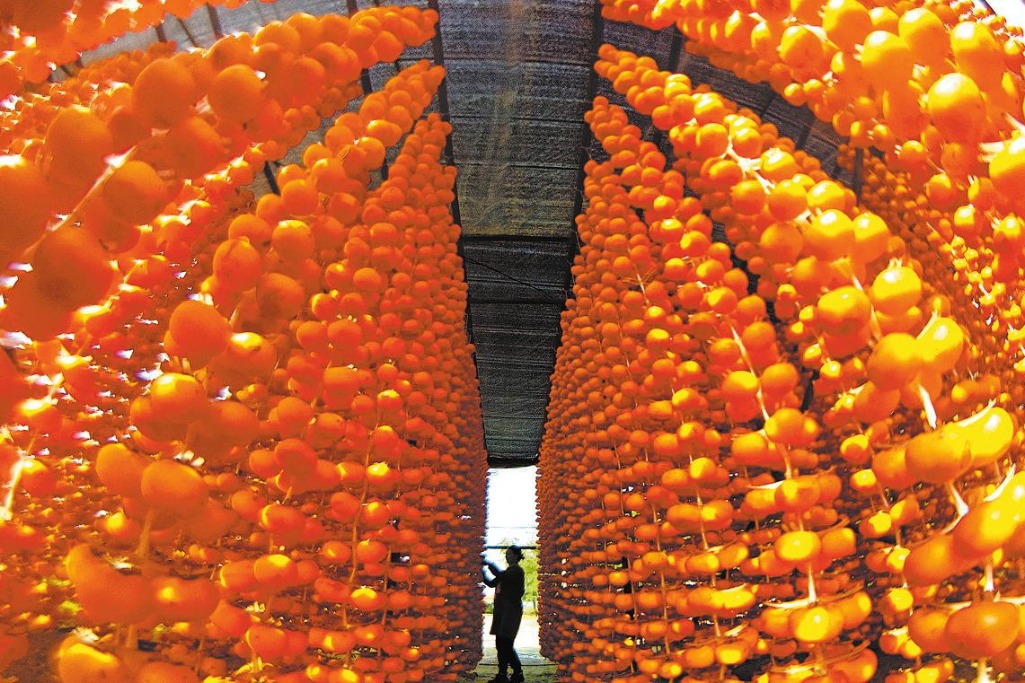Tianmen model may help boost birthrates

Amid China's national birthrate slump, Tianmen, a city in Hubei province, has seen a meaningful rebound, with a 5.6 percent year-on-year increase in recorded births during the first half of this year, according to data from the municipal government.
The growth builds on last year's 17 percent jump in new births, which ended an eight-year decline and marked a rare success in population recovery. The turnaround has drawn more than 100 research delegations from institutions such as the China Population Association for field studies.
On a July evening at the Tianmen Maternal and Child Health Hospital, the cry of Zhao Lifeng's third child echoed through the maternity ward. Before discharge, the mother from Huangtan town received flowers, a birth certificate, a household registration booklet, a red envelope and a housing purchase coupon — items that make up the city's signature welcome package for newborns.
Tianmen had a permanent resident population of 1.084 million at the end of last year, with 7,217 births recorded throughout the year, according to official data.
The city's recovery stems from what its Party Secretary Ji Daoqing calls a "real capital" investment in building a society that "respects, encourages and protects childbirth".
Newlyweds in Tianmen are eligible for 60,000 yuan ($8,351) in housing subsidies, distributed as purchase coupons that function as cash. More than 450 couples have claimed the incentive, with some buying homes just hours after registering their marriages.
To prevent developers from inflating prices through deceptive means such as hidden fees, all property prices must be registered with the local housing security center, and officials supervise each sales point. Housing prices in Tianmen average around 5,000 yuan per square meter and have remained stable, a local official said.
Families with second and third children qualify for monthly childcare stipends of 800 to 1,000 yuan until the child turns 3.
A mother of twins from Yuekou town, surnamed Wu, will receive 64,800 yuan under Tianmen's housing and childcare subsidy program. She also received 180,000 yuan for giving birth to twins and 60,000 yuan in rural relocation subsidies that helped her purchase an urban home.
Shi Renbing, a professor at the School of Sociology at the Huazhong University of Science and Technology, said Tianmen's fertility-boosting policies hold significant reference value for many small and medium-sized cities across China.
"Tianmen ranks 14th in per capita GDP among Hubei's 17 prefecture-level cities. If Tianmen achieved results, many other cities can follow suit," he said.
Beyond financial incentives, Tianmen has worked to eliminate practical obstacles through integrated services.
The city's support network for high-risk pregnancies includes case management and home visits by maternal health teams. Wang Yuerong, a physician at the city's maternal and child hospital, recalled a critical case: "Had we transferred that uterine rupture patient from township to city 20 minutes later, both mother and child would have been lost."
The local health system also covers eight types of assisted reproductive procedures under public insurance, offering 3,000 yuan subsidies for artificial insemination and 10,000 yuan for in vitro fertilization.
The hospital also hosts "one-stop fertility service" stations, which coordinate health, insurance and banking officials to help new mothers obtain birth certificates, household registration and subsidy cards before they are discharged.
Childcare accessibility is another key part of the city's strategy. Thirty public kindergartens now offer 1,200 toddler care slots at fees capped at 1,400 yuan per semester — a 50 percent reduction.
"It's far cheaper than private centers," said Zhu, whose 2-year-old daughter Xiaoman attends Jingling Xiguan Kindergarten.
Complimentary services include holiday childcare programs and community-based care facilities. Educational infrastructure has also expanded. Beihu Elementary is among new schools that have added 37,000 seats, with policies that allow families with multiple children to enroll siblings together.
Zhang Lei, deputy director of the Institute of Population Research at Peking University, said the "Tianmen case" demonstrates how reducing the systemic burden of parenthood can raise birthrates through four pillars: lowering economic costs via direct subsidies; easing time conflicts with extended leave and streamlined services; ensuring access to healthcare and education; and reshaping the cultural environment.
"We still need to wait and see as challenges remain," she said, pointing to concerns about the sustainability of cash subsidies given fiscal constraints, and the need for mechanisms to maintain interdepartmental coordination.
Still, she added, Tianmen's investment shows a fundamental truth: "Only by uniting government, society and families to holistically lift the multidimensional burdens of parenthood can China rekindle fertility intention."
Contact the writers at weiwangyu@chinadaily.com.cn
- Xpeng's flying car factory begins trial operations in Guangzhou
- 11 held accountable for Guizhou boat accident
- Schools close as torrential rain from Typhoon Kalmaeigi hits Hainan
- China-Laos sugarcane import season begins
- Inner Mongolia's outbound UHV power transmission surpasses 800b kWh
- International bridge competitions add intellectualism to Qingdao sports





































